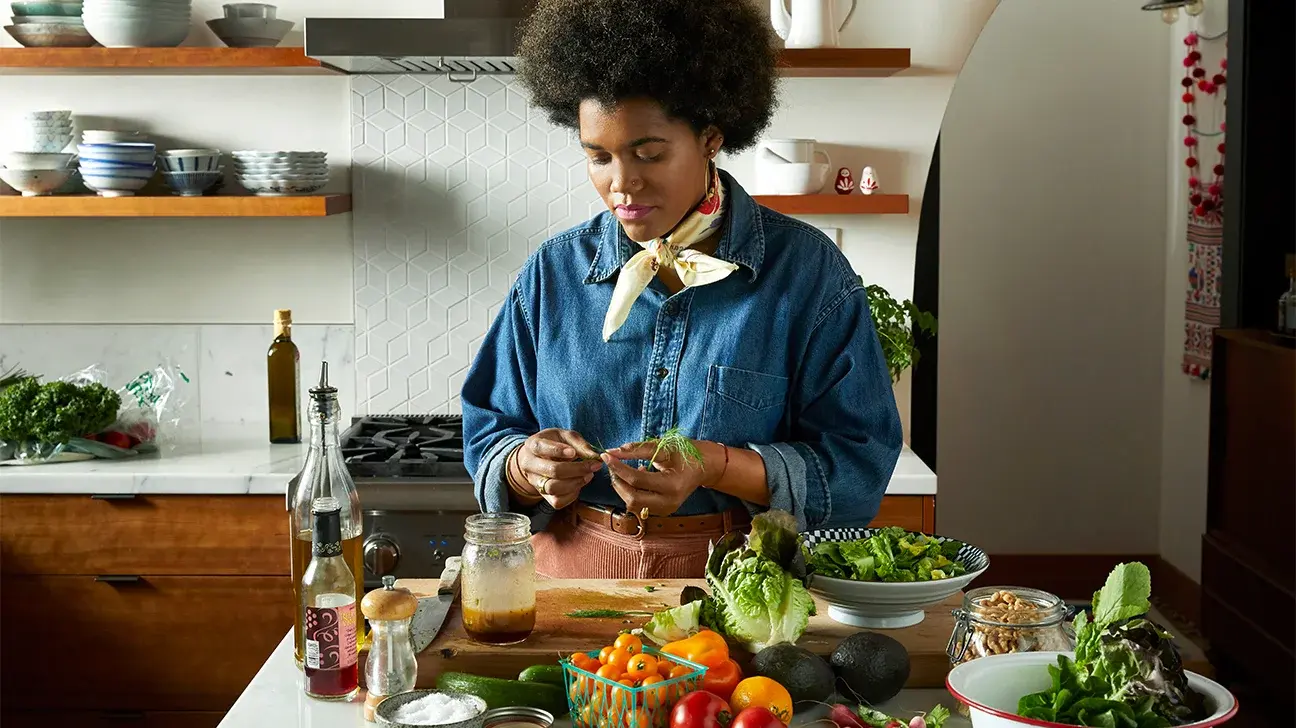7-Day Meal Plan for Pregnant Women: First Trimester Recipes and Food Aversions
Navigating food aversions and nutrition during your first trimester with a practical 7-day meal plan tailored for pregnant women.

7-Day Meal Plan for Pregnant Women: First Trimester Recipes and Food Aversions
Introduction
Pregnancy, particularly in the first trimester, can throw your taste buds into chaos. You might start craving odd food combinations one day and can’t even stand the smell of your favorite meals the next. These food aversions can make it challenging to maintain a balanced diet, but it’s vital to ensure that you and your growing baby get the nutrients you need. The first trimester is when crucial developments are happening, so the right mix of proteins, vitamins, and minerals is key.
In this article, we’ll explore the food aversion-pregnancy connection, break down a realistic 7-day meal plan for pregnant women, and dive into first trimester recipes that work around those tricky food sensitivities.
What Causes Food Aversions During Pregnancy?
The Role of Hormones
You’ve probably heard it before—pregnancy hormones are to blame for all the changes your body goes through, and food aversions are no exception. Hormonal surges, particularly human chorionic gonadotropin (hCG), influence your senses, making you more sensitive to smells and tastes. This could explain why foods you once loved suddenly seem repulsive.
Food Aversions and Gender: Is There a Link?
There’s a popular myth that food aversions can predict your baby’s gender. Some say craving sweets means you’re having a girl, while a dislike for meat might signal a boy. However, no scientific evidence backs up these claims. Food aversions vary widely and are mostly unpredictable.
Navigating Food Aversions in the First Trimester
Common Aversions
It’s not uncommon to feel queasy at the thought of certain foods. Here are some of the most common food aversions during pregnancy:
- Meat: Many pregnant women can’t stand the sight or smell of meat, particularly in the early weeks.
- Eggs: Despite being a great source of protein, eggs are often rejected by pregnant women’s changing taste buds.
- Fish: Even though fish like salmon is rich in omega-3 fatty acids, the smell can be overwhelming.
Tips to Handle Food Aversions
- Don’t Force It: If the smell or taste of a food makes you nauseous, skip it. There are always alternative options.
- Stay Hydrated: Sometimes, sipping on ginger tea or plain water can help ease nausea.
- Small Portions: Try eating smaller, more frequent meals to avoid overwhelming your stomach.
The Importance of Nutrition in the First Trimester
Key Nutrients for Pregnant Women
During the first trimester, your baby’s brain and organs are developing, so it’s essential to focus on these nutrients:
- Folic Acid: Helps prevent neural tube defects.
- Iron: Supports increased blood production for both you and your baby.
- Calcium: Strengthens bones and teeth.
Foods to Prioritize
Here’s a list of nutrient-rich foods to include in your first trimester diet:
- Leafy Greens: Spinach and kale are packed with folic acid and iron.
- Whole Grains: Brown rice, quinoa, and oats provide sustained energy.
- Berries: Blueberries and strawberries are antioxidant-rich and full of vitamin C.
Creating a 7-Day Meal Plan for Pregnant Women
How to Structure Your Meal Plan
When planning your meals, aim for balance. Each meal should include a mix of:
- Protein: Chicken, tofu, beans
- Complex Carbs: Brown rice, whole grain bread
- Healthy Fats: Avocados, nuts, olive oil
- Fiber: Fruits, vegetables, legumes
7-Day Meal Plan for Pregnant Woman
Day 1: Easing Into It
Breakfast: Oatmeal with almond butter and sliced bananas
Lunch: Quinoa salad with chickpeas, cherry tomatoes, and spinach
Dinner: Baked salmon (or tofu) with steamed broccoli and sweet potato fries
Snack: Greek yogurt with mixed berries
Day 2: Boosting Your Energy
Breakfast: Smoothie with spinach, mango, and chia seeds
Lunch: Lentil soup with a side of whole grain bread
Dinner: Stir-fried chicken (or tofu) with bell peppers and brown rice
Snack: Sliced apples with peanut butter
Simple First Trimester Recipes
Breakfast: Veggie-Packed Omelet
Ingredients:
- 2 eggs (or egg substitute)
- Spinach
- Tomatoes
- Feta cheese
Instructions:
Whisk the eggs in a bowl and pour them into a heated pan. Add spinach, tomatoes, and feta cheese on one side of the omelet. Fold and cook until the eggs are fully set.
Lunch: Easy Chickpea Salad
Ingredients:
- 1 can of chickpeas
- Diced cucumber
- Cherry tomatoes
- Olive oil and lemon juice
Instructions:
Toss the chickpeas, cucumber, and tomatoes in a bowl. Drizzle with olive oil and lemon juice, then season with salt and pepper.
Dealing with Nausea While Meal Prepping
Keep It Simple
Meal prepping doesn’t have to be overwhelming. If nausea is a concern, prep meals in small batches and avoid strong-smelling ingredients like onions or garlic.
Ginger to the Rescue
Ginger is a natural remedy for nausea, so incorporating it into your meals, like in smoothies or teas, can make a huge difference.
Hydration During Pregnancy: More Than Just Water
Why Hydration Matters
Drinking enough fluids during pregnancy helps keep amniotic fluid levels stable and prevents dehydration. If plain water isn’t cutting it, try these alternatives:
- Coconut Water: Great for electrolytes
- Herbal Teas: Chamomile or peppermint can soothe the stomach
Cravings vs. Aversions: Striking a Balance
Satisfy Your Cravings Smartly
Cravings during pregnancy are common, and it’s okay to indulge occasionally. However, balancing indulgent foods with nutrient-dense options is key.
Dealing With Intense Food Aversions
If you have strong aversions, try replacing the offending food with alternatives. For example, if you can’t stomach meat, go for plant-based proteins like beans and lentils.
Conclusion
Managing food aversions during pregnancy, especially in the first trimester, can feel like walking a tightrope. By planning meals that consider both your nutritional needs and your changing tastes, you can keep yourself and your baby healthy. From simple first-trimester recipes to handling cravings and aversions, this 7-day meal plan offers a balanced, practical approach. Don’t forget—if one meal doesn’t sit right, there’s always another recipe to try tomorrow.
FAQs
1. Can food aversions indicate my baby’s gender?
There’s no scientific proof linking food aversions to baby gender. These cravings and aversions are mostly related to hormonal changes.
2. What should I eat if I have morning sickness?
Stick to bland foods like crackers and dry toast. Ginger or peppermint tea can also help soothe nausea.
3. Are there foods I should avoid in the first trimester?
Yes, avoid raw fish, unpasteurized dairy, and deli meats. Always ensure your meals are cooked thoroughly to prevent foodborne illnesses.
4. How do I handle protein aversions?
If meat turns your stomach, try plant-based proteins like beans, lentils, or tofu. Eggs and Greek yogurt are also great alternatives.
5. Can I eat the same meal two days in a row?
Absolutely! Leftovers are perfectly fine as long as they’re stored properly and reheated thoroughly.
6. Can I drink coffee during pregnancy?
Moderate coffee intake is usually fine, but it’s recommended to limit caffeine to under 200 mg per day (about one 12 oz cup of coffee).




